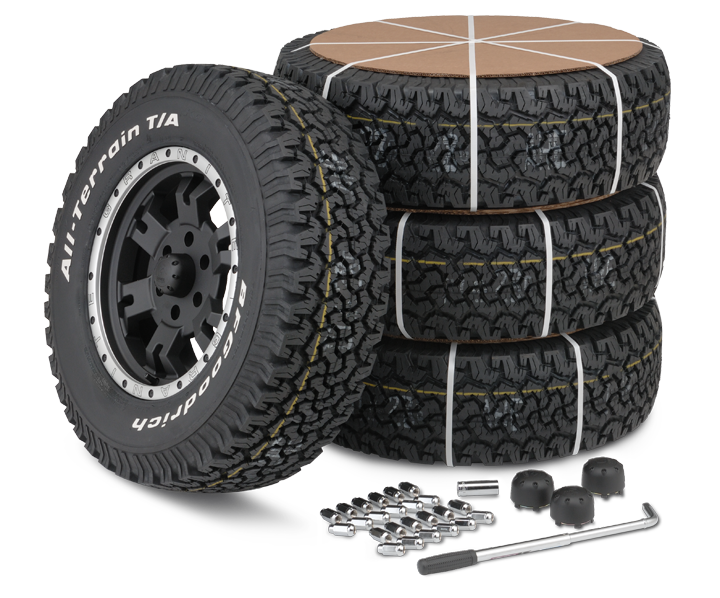Trust Morris Tire and Alignment for Expert Service and Treatment
Trust Morris Tire and Alignment for Expert Service and Treatment
Blog Article
Tire Service: Understanding Tire Pressure Tracking Equipments
Recognizing Tire Stress Surveillance Systems (TPMS) is an essential aspect of keeping optimal automobile efficiency and safety on the roadway. With improvements in automobile innovation, TPMS has become a common feature in modern-day automobiles, giving real-time info on tire pressure levels.

Importance of TPMS
The significance of Tire Stress Surveillance Solutions (TPMS) lies in their ability to enhance car safety and security and performance via real-time surveillance of tire pressure degrees. Keeping the proper tire pressure is important for ensuring optimum handling, braking, and general safety of a car. TPMS supplies vehicle drivers with immediate responses on any underinflated or overinflated tires, permitting timely changes to be made.
Components of TPMS
Making up various essential aspects, a Tire Pressure Tracking System (TPMS) works as a sophisticated safety feature in modern cars. The main elements of a TPMS include sensing units, a control component, and a caution indicator. Sensing units are normally located in the tire valve stem or affixed to the wheel setting up, where they determine tire pressure and send information to the control component. If it spots dramatically reduced pressure in any of the tires, the control module processes this information and activates a caution. The warning sign, often a symbol on the control panel, notifies the driver to inspect the damaged tire or tires. Some progressed TPMS versions additionally display the real tire pressure analyses for each and every tire, supplying vehicle drivers with real-time information to ensure ideal tire performance and safety and security. By monitoring tire stress continually, TPMS helps protect against mishaps, lowers tire wear, and improves fuel effectiveness, making it a critical part for car safety and efficiency.
Sorts Of TPMS

On the other hand, indirect TPMS relies upon the car's wheel speed sensing units to check tire stress. This system detects underinflation by comparing the rotational rates of the wheels. Indirect TPMS is much less pricey than straight TPMS, as it utilizes existing sensing units within the automobile.
While straight TPMS offers a lot more precise readings, indirect TPMS is easier in design and commonly requires less upkeep. Both systems have their benefits and restrictions, and the selection between read the article them often depends on elements such as price, lorry make, and personal preference. Understanding the differences in between these two sorts of TPMS can aid automobile owners make notified decisions pertaining to tire upkeep and safety.
TPMS Upkeep Tips
Conduct regular checks on the tire stress levels and contrast them with the TPMS analyses to ensure they are regular. Throughout tire rotation or replacement, make sure that the TPMS elements are managed very carefully to avoid any potential damages. If the TPMS alerting light illuminates on the control panel, address the concern promptly by examining the tire pressures and the overall system for any kind of mistakes.
Benefits of Correct Tire Stress
Preserving proper tire pressure, as highlighted in TPMS Upkeep Tips, is important for gaining the many benefits connected with ideal tire stress levels. One of the main advantages of keeping the correct tire pressure is enhanced gas efficiency. When tires are correctly pumped up, there is less rolling resistance, resulting in better gas economic situation. Furthermore, correct tire stress makes certain also tire wear, prolonging the life expectancy of the tires and promoting safer driving conditions. With the best tire stress, vehicles additionally have much better handling and traction, especially in unfavorable climate condition. This can boost total driving performance and safety for the vehicle driver and guests. Preserving optimal tire stress can add to a smoother and a lot more comfortable ride by lowering resonances and noise caused by underinflated explanation tires. In verdict, the advantages of correct tire pressure surpass simply tire durability; they encompass boosted gas efficiency, boosted security, better car performance, and general driving convenience.
Conclusion
Finally, recognizing tire pressure surveillance systems (TPMS) is important for maintaining optimal tire stress and guaranteeing lorry safety and security. By identifying the relevance of TPMS, knowing with its components, recognizing the various kinds offered, sticking to proper maintenance ideas, and realizing the benefits of preserving proper tire stress, vehicle drivers can improve their driving experience navigate to these guys and lengthen the life expectancy of their tires. Correct tire pressure is key to safe and reliable car operation.

Report this page